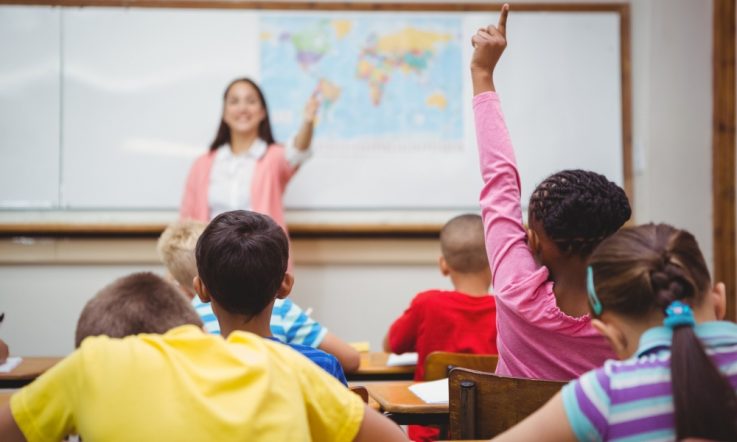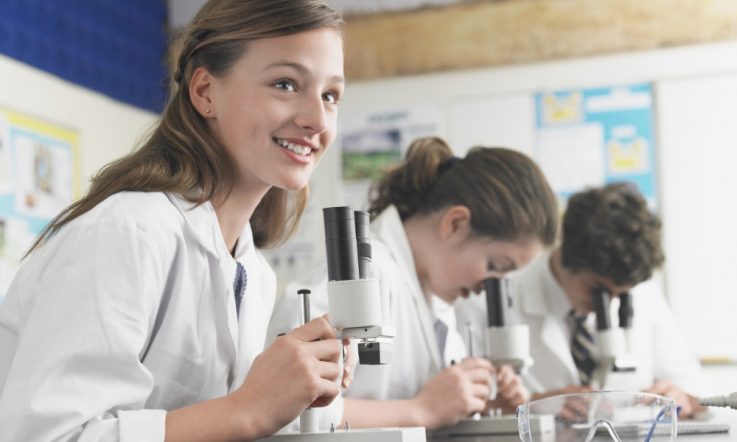Hello, and thank you for listening to a special episode of Teacher magazine's Global Education podcast – I'm Rebecca Vukovic. The results from the Trends in International Mathematics and Science Study were released earlier this week. Conducted every four years, this major international assessment compares the achievements of Years 4 and 8 students in mathematics and science.
A report released by the Australian Council for Educational Research shows that, while many other countries have improved, Australian performances have largely stagnated. In fact, the Australian results have been labelled a ‘cause for grave concern' after they indicated Years 4 and 8 student achievements have flatlined over the past 20 years. I sat down with Dr Sue Thomson, Director of Educational Monitoring and Research at ACER and the report's lead author to discuss the results.
Rebecca Vukovic: Dr Sue Thomson, thank you for joining Teacher Magazine.
Sue Thomson: It's a pleasure.
RV: So in response to TIMSS 2015, Australia's performance has been described as ‘a wake-up call' and ‘cause for grave concern'. Could you talk me through some of the statistics – how bad is it?
ST: OK in terms of the statistics, I guess on the face of it, it doesn't look that bad. We're achieving in the middle of the field in terms of an international assessment. We have probably around half the countries, in the countries participating, who are doing better than us, and about half doing worse. I guess what is a cause for concern is the fact that over the last 20 years since we started testing in TIMSS, we've not improved our scores in that time. We're still basically at the same level that we were 20 years ago, which is cause for concern when other countries have leapfrogged us and improved their educational system during that time. So, [they're] preparing their students better for a world in which they'll need maths and science and technology in their jobs.
RV: We've heard that between one-quarter and one-third of Australian students didn't achieve the TIMSS Intermediate benchmark – which is what we call the equivalent of the Australian proficient standard. So I was hoping you could explain to me what we mean when we say ‘proficient standard'? What does that actually look like in a classroom setting?
ST: It depends of course on what year level you're looking at and what subject you're looking at. That's always a complication with TIMSS is you've got two subjects and two year levels. It was set by MCEEDYA (Ministerial Council on Education, Early Childhood Development and Youth Affairs) several years ago as being the basis for reporting for TIMSS and PIRLS and PISA on reporting towards the Melbourne Declaration on Educational Goals and it's supposed to be a challenging but achievable goal for Australian students. And so what it looks like in the classroom is it means, it's not the basic level of mathematics. So for example in Year 4 level, it's more than just being able to add and subtract, it's having a little better idea of what mathematics is about for example. So we talk about the international benchmarks and students are graded depending on how they do in the TIMSS assessments, they're graded according to these benchmarks. It's basically showing a basic mathematical knowledge, being able to apply basic mathematics in everyday situations, being able to do more than just the basics of addition and subtraction however. So that's what it looks like in the classroom, I guess.
RV: On a more practical level, in what ways could Australia improve its results in international comparative assessments like TIMSS?
ST: The way that we need to improve our results, or we could improve our results, is by lifting the performance of the lowest achieving students. So when you've talked about being between a quarter and a third of teachers not achieving those intermediate benchmarks, what we have to look at is how to scaffold those students to make their experience better and lift their achievement. By lifting their achievement, we lift our overall achievement. So we can look at it by improving the achievement of the lowest achieving students and also by extending the achievement of our higher achieving students, so pushing those students to achieve even higher levels and pushing more students to achieve those higher levels.
RV: And you've said in the past, ‘we need a real commitment by our policymakers to implement coordinated, sustained and interconnected strategies to improve student performance.' What kind of strategies do you have in mind?
ST: Basically, what I don't have in mind is a whole series of strategies that go for a couple of years and then change to something else and then that doesn't work, so we try something else. I think what we need to look at is, is we need to look at evidence-based strategies, so we need to look at what works for which students. We need to make sure that those processes are evaluated properly so we know what works for which particular students and we know what doesn't work and we don't keep reinventing the wheel over and over. But I think what I mean more than anything is that we have things that are sustainable over more than one series of governments, for example. So, not changed every three years and we get a new government in.
RV: Dr Sue Thomson, thank you for sharing your insights with Teacher magazine.
ST: Thank you.
That's all for this episode of Global Education. For more on TIMSS 2015, check out the podcast transcript and related reading at our website, www.teachermagazine.com.au. To download all of our podcasts for free, visit acer.ac/teacheritunes or www.soundcloud.com/teacher-acer.
Stay tuned: Results from the 2015 Programme for International Student Assessment (PISA), which examines the reading, mathematical and scientific literacy levels of 15-year-old students, will be released at 9.00pm AEDT Tuesday 6 December 2016.



